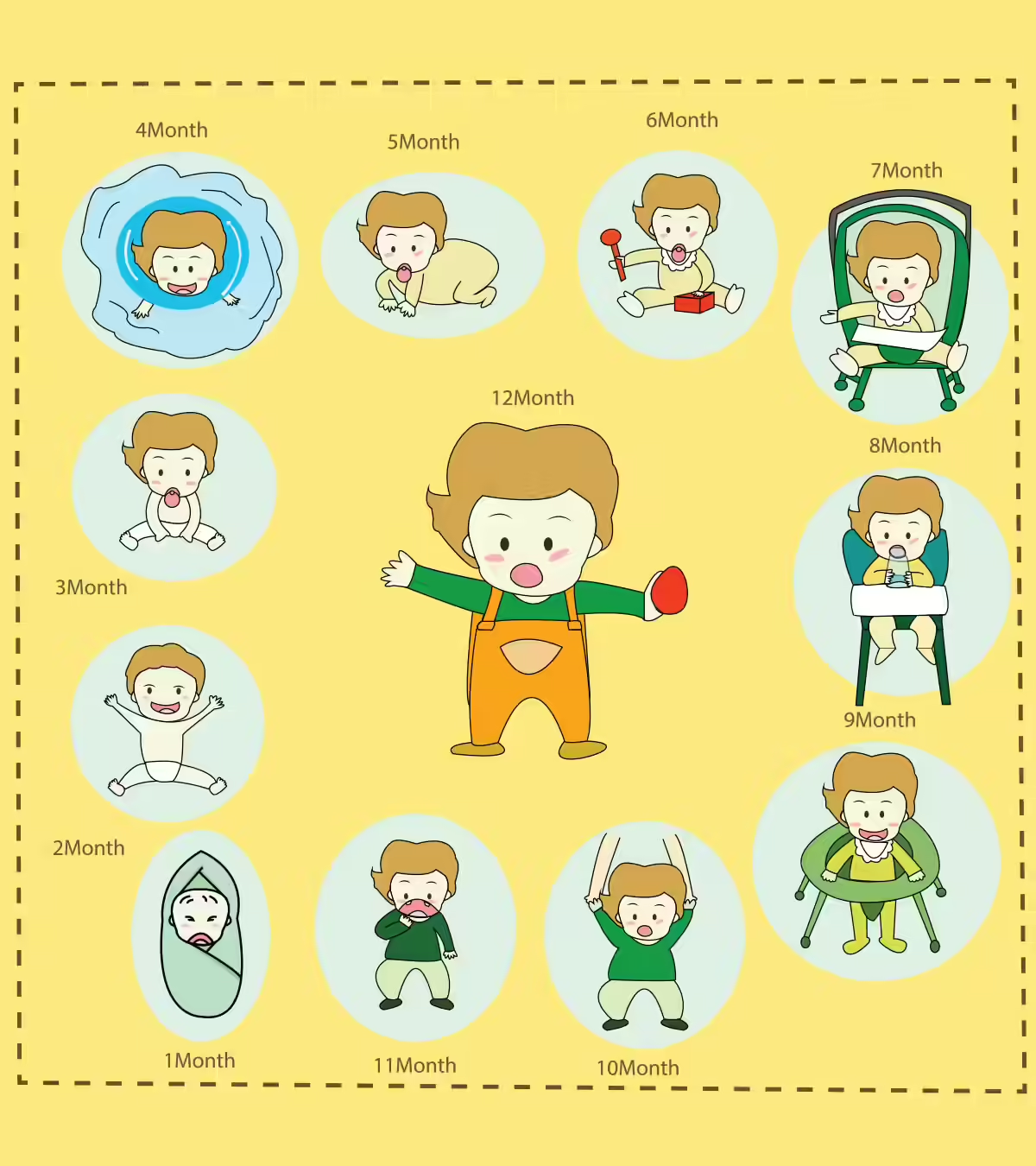Here’s a synthesized answer to your questions about conceiving while breastfeeding, incorporating evidence-based insights and practical guidance:
1. Do I have to wean to get pregnant?
No, weaning is not typically required. While breastfeeding can delay fertility by suppressing ovulation (via prolactin production), many women regain full fertility while continuing to nurse. The return of fertility depends on breastfeeding frequency and individual hormonal responses. For example, mothers who nurse less frequently or introduce solids may see ovulation resume sooner.
2. How can I restore fertility sooner?
Adjusting breastfeeding patterns may help. Reducing the frequency or duration of nursing sessions—such as spacing feeds beyond 3-4 hours or night-weaning—can lower prolactin levels, potentially hastening ovulation. However, abrupt changes (e.g., dropping multiple feeds) are more effective than gradual adjustments. Note that fertility recovery varies; some mothers conceive even with frequent nursing.
3. Are regular menstrual cycles a sign of fertility?
Yes, regular cycles often indicate restored fertility. Irregular or anovulatory cycles (common during lactation) may still occur initially. Tracking cervical mucus and basal body temperature can clarify fertility status, as described in Taking Charge of Your Fertility.
4. Can I conceive before my first postpartum period?
Absolutely. Ovulation precedes menstruation, so pregnancy is possible even if you haven’t had a period. Charting fertility signs (e.g., cervical fluid changes) can help identify this “first egg” window.
5. Should I wean before fertility treatments?
Not necessarily. Medications like Clomid (clomiphene) are considered compatible with breastfeeding. Consult resources like Medications and Mothers’ Milk for drug safety data. Fertility treatments often override lactation’s hormonal effects, allowing controlled cycle management.
6. Is breastfeeding during pregnancy safe?
Yes, in most cases. Research shows breastfeeding during a healthy pregnancy poses no significant risk to the fetus or mother. However, monitor for uterine contractions or discomfort, especially in high-risk pregnancies. Proper hydration and calorie intake are crucial to support both nursing and pregnancy.
7. What is tandem nursing?
Tandem nursing involves breastfeeding both a newborn and an older child. It’s a common practice globally and can meet the nutritional and emotional needs of both children. Mothers often report increased milk production to accommodate both, though establishing boundaries (e.g., prioritizing the newborn) may be necessary. For detailed guidance, see Adventuries in Tandem Nursing.
Key Considerations:
- Nutrition: Ensure adequate caloric intake (500+ extra calories/day) to support both breastfeeding and pregnancy.
- Emotional Support: Tandem nursing can be demanding; seek help from lactation consultants or support groups.
- Medical Monitoring: Discuss any concerns (e.g., preterm labor history) with your healthcare provider.
By integrating these strategies, many mothers successfully balance breastfeeding and conception. Flexibility and personalized planning are key!





